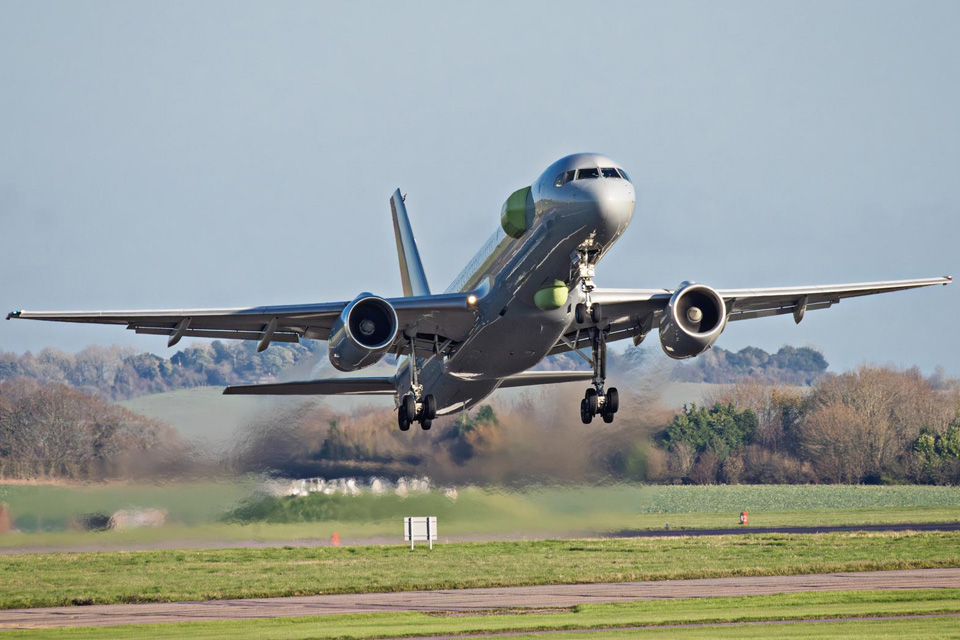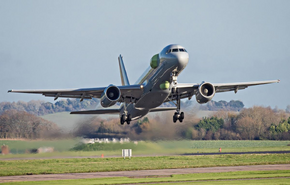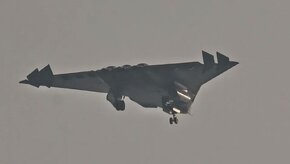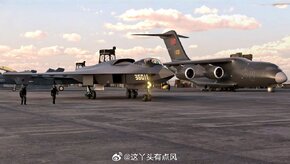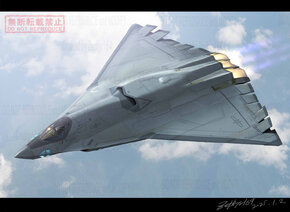I witnessed no such consensus. Is that conjecture? The only definition I'd consider credible is from those who are at the forefront of aviation tech and deployment of the previous gen (5th). In this case the US basically.
As the US is the only operator with sustained 5th gen deployment track record, I consider their definitions or at least their stated goals behind the NGAD program as relevant. These are found the USAF's Air Superiority 2030 Flight Plan. When it came out in 2016, it seems too futuristic to imagine. However, as the years progressed, we see more insights into the development (e.g CRS report
link), many of these capabilities have been elaborated further.
I admit not to follow the FCAS, now GCAP program much but various attributes are similar. TBH, where I am not sure and it is indeed a grey area (5.5gen?) is whether something like GCAP is considered a 6th generation but some attributes, notably the size is larger than existing platforms like EF.
If we accept the 1980s designed F-22 to be an abitrary line for 5 gen, GCAP will be significantly better. 6th gen better, I don't know.
Even within 3rd, 4th, and 5th gens we see flying today, there are different niches. Some smaller and capable of short range operations. Others larger with more payload and range.
The F-15 for example is on the higher end of range and payload. For that it uses 2 engines. But the twin engine F-18 is small and light. The Hornet is closer in size to the F-16 than to the F-15.
The twin engine F-22 has lower practical payload than the single engine F-35.
And the F-35 has abnormally long combat range.
What is to prevent a 5th gen with more bomber-like mission set?
What usually set generations apart isn't a different mission set but a qualitative difference.
If we look back, 4th generation technology have been used upgrade 3rd generation (e.g Romanian MiG-21 Lancer upgrades by Elbit), while elements of 5th generation have been used to upgrade 4th generations to 4.5 gen (late model F-16s / Blk 70s) and the same will apply to 5th generation. However... there will be a finite limit (see my response to your last point)
What makes you think the Chinese plane has ACE?
I am unsure where you got the impression that I said the Chinese have ACE. I described the characteristics and attributes of 6th gen, not THEIR purported 6th generation. If it matters to you, I don't think they have ACE and they would be lucky to get something close to a F119 in the next few years (e.g WS-15+).
This capability is expected to be delivered to 5th gen as well. It's more an independent capability attached to existing manned aircraft than something requiring a brand new aircraft design.
I don't think we differ much. Much of these capabilities can be retrofitted to 5th generation platforms, whether F-35 or F-22. Re If the CONOPS of penerating counter air is to be fufilled and new ACE engine, that is the point where a clean sheet design is needed.
What most conversations have not touch on is affordability of these or even the necessity. Given the cost challenges with NGAD, could clean sheet designs be even put into service in large numbers (both manned and unmanned?

